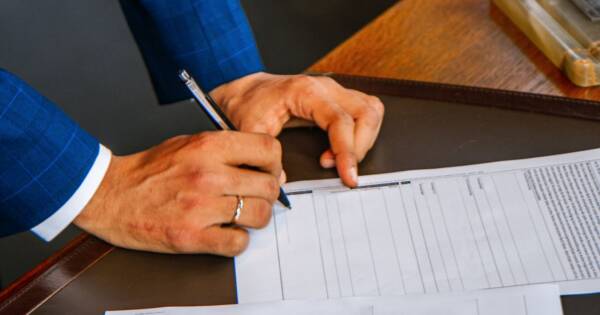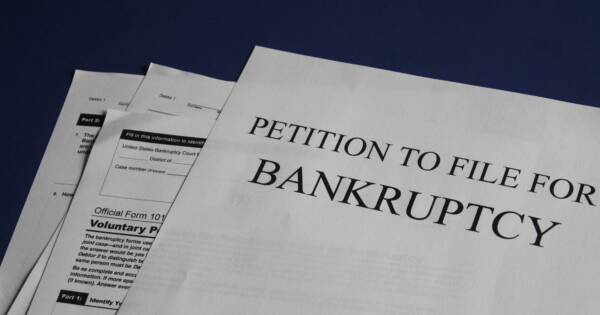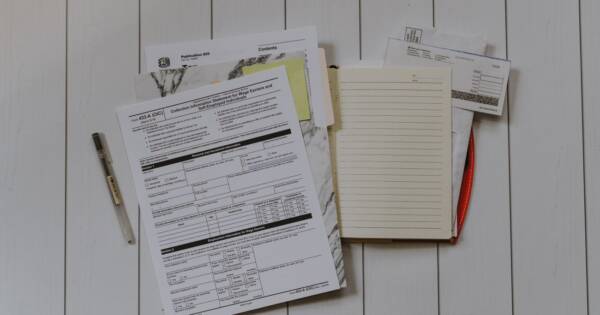After a car wreck, the steps you take in the hours and days that follow can strongly influence the outcome of your claim. Acting quickly helps protect both your health and your legal rights. Understanding what to do early on can reduce stress, prevent costly mistakes, and help ensure that your claim moves forward smoothly.
Essential Steps to Take After a Car Wreck for a Successful Claim
Experiencing a car accident can be a traumatic event, but knowing the essential steps to take afterward can significantly impact the success of your insurance claim. The first priority is ensuring the safety of all involved. If possible, move to a safe location and check for injuries among passengers and other drivers to prevent further harm.
Once safety is secured, it’s crucial to exchange information with the other drivers involved. Collect names, contact details, insurance information, and license plate numbers, as this information is vital for processing your claim and resolving disputes effectively.
Documenting the Accident Scene
Thorough documentation of the accident scene is a critical step in the claims process. Take photos and videos of the scene, vehicle damage, and any visible injuries if it is safe to do so.
Additionally, gather contact information from witnesses, as their statements can be valuable in supporting your claim. Obtaining a police report is also essential, as it serves as an official record of the accident and may be required by your insurance company during the claims process to establish fault.
Notifying Your Insurance Company
Promptly notifying your insurance company and starting your car accident claim is crucial. Provide all necessary details and documentation to your insurer. Understanding your coverage and following your insurer’s instructions are key to a smooth claims process.
If the other driver is at fault, report the accident to their insurance company, which should cover car repairs, medical bills, and a rental car if applicable. In cases where the other driver is uninsured or flees the scene, collision coverage in your auto policy will cover car repairs.
Repair and Settlement Process
Once the claim is initiated, schedule a damage inspection and repair process. You have the option to choose any body shop, even if your insurance company provides a list. Ensure you read and understand any agreements before leaving your car.
The insurance company will provide a repair estimate, and if additional repairs are needed, the body shop will submit a new estimate for approval to ensure transparency. The at-fault driver’s insurance must reimburse you for rental vehicle costs proportional to their liability, but they are not required to cover specialty vehicle rentals.
Understanding Your Rights and Options
Understanding the differences in rights and obligations between first-party and third-party claims is crucial for a successful claim process. Illinois law mandates that drivers carry minimum liability insurance, which is essential for compensating damages caused in an auto accident.
If your claim is denied or you disagree with the settlement offer, you can file a claim under your own policy, take legal action in small claims court, or seek other legal counsel. The statute of limitations for filing a lawsuit is generally two years from the accident date with specific conditions for minors and government entities.
Learn More About Car Wreck Claim Steps
Understanding the essential steps to take after a car wreck is vital for ensuring a successful insurance claim. From ensuring safety and documenting the scene to navigating the repair and settlement process, each step plays a crucial role in protecting your interests and securing the compensation you deserve.
By familiarizing yourself with these steps and your rights, you can be better prepared to handle the aftermath of an accident and make informed decisions that safeguard your financial and legal interests.






